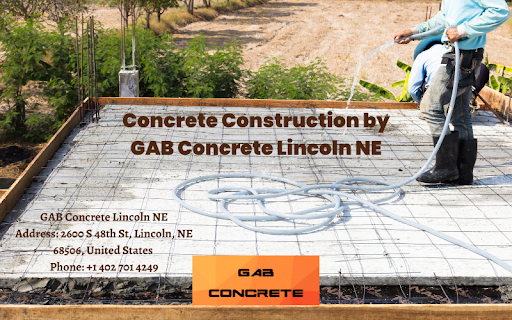Concrete is a plethora of and widely-used construction material, renowned for its durability and strength. However, conventional concrete does have some limitations, like the weak tensile force and the vulnerability to cracking. To combat these shortcomings and increase the structural strength of concrete, fiber-reinforced cement (FRC) is commonly used. This article we'll discuss the advantages of using fiber-reinforced concrete to enhance structural performance.

1. applications that require high stress: Fiber-reinforced cement is ideal for applications with high stress where the concrete must endure significant forces or loads. Fibers like steel, synthetic glass, or steel, dramatically increases the strength and flexibility that the concrete. This makes it suitable for structural components such as columns, beams and slabs used in parking garages, bridges, industrial structures, and high-rise structures. Fiber reinforcement assists in spreading the load evenly across the concrete, decreasing the chance of cracking and enhancing the structural strength overall.
2. Impact and blast resistance: In the areas where blast resistance or impact is of concern, fiber reinforced concrete offers an additional level of security. The fibers incorporated into the concrete matrix form web-like reinforcement systems which improves energy absorption and resistance to impacts. This is what makes FRC suitable for structures that are subject to the possibility of impact for example, security barriers, military bunkers as well as industrial facilities that handle toxic materials. Fibers aid in reducing cracks' spread and enhance the overall resistance of concrete to explosives or sudden loads.
3. Pavement and flooring applications: Fiber-reinforced concrete is commonly utilized in flooring and pavement applications in which durability and crack resistance are essential. Fiber reinforcement helps to prevent shrinkage cracks caused by temperature variations as well as drying shrinkage. This is what makes FRC the ideal choice for walkways, driveways, floors for industrial and pedestrian areas in areas where high loads, thermal stress, and frequent traffic may cause concrete to crack or deteriorate. Fibers strengthen concrete, decreasing the frequency and size of cracks and also improving the performance over time and the aesthetics of the floor or pavement.
4. Seismic-prone regions: In areas that are prone of seismic disturbance, fiber reinforced concrete is strongly advised to increase structural resiliency. The flexibility of the fibers enables they to span cracks that could be created in seismic events, offering an additional layer of reinforcement, and also stopping catastrophic failure. FRC is typically employed in seismic retrofitting projects in which structures are strengthened to withstand the force of seismic. The added ductility and fracture resistance of FRC aid in dispersing energy and reduce the destruction caused by earthquakes. This makes it an essential material for bridges, structures as well as other infrastructures in areas that are prone to seismic activity.
5. Thin and precast elements: Fiber-reinforced concrete is ideally suited for precast and thin elements, in which conventional concrete can be susceptible to cracking or have weak flexural strength. The thin concrete sections such as decorative panels and cladding and other decorative elements, may benefit from the addition of fibers in order to improve their structural strength and resist cracking. FRC can also allow the manufacture of precast elements that have smaller dimensions, which reduces weight and costs for transportation but ensuring adequate strength and endurance. Fibers assist in compensating for the less cross-sectional space making sure that the precast elements are in compliance with the performance requirements.
6. Specialty applications: Fiber-reinforced Concrete is utilized in many special projects in which specific performance specifications have to be fulfilled. For instance when it comes to water-retention structures such as reservoirs, pools and water plant facilities for treatment, FRC provides strength and crack resistance in an environment that could be abrasive. Similar to projects that need protection against fire, like tunnels FRC using the right fibers could increase the concrete's capability to withstand temperatures that are extremely high and preserve the structural integrity in case of fire. Specialty applications such as these benefit from the specific characteristics of fiber reinforced concrete to guarantee the best performance and durability.
In the end, fiber-reinforced concrete can provide greater structural strength and durability in a broad range of different applications. Its capability to increase the tensile strength, flexural capability as well as crack resistance, impact resistance and seismic resilience make it an ideal option for structures with high stress such as pavements, seismic regions thin elements, and other special projects. When you're considering a project that demands superior structural performance it is crucial to evaluate the requirements specific to your project and speak with a certified engineer or concrete specialist to determine if fiber reinforced concrete is the appropriate option for your project. By taking advantage of the advantages that fiber reinforcement offers, you are able to make sure that the integrity and efficiency that your concrete constructions will provide.



